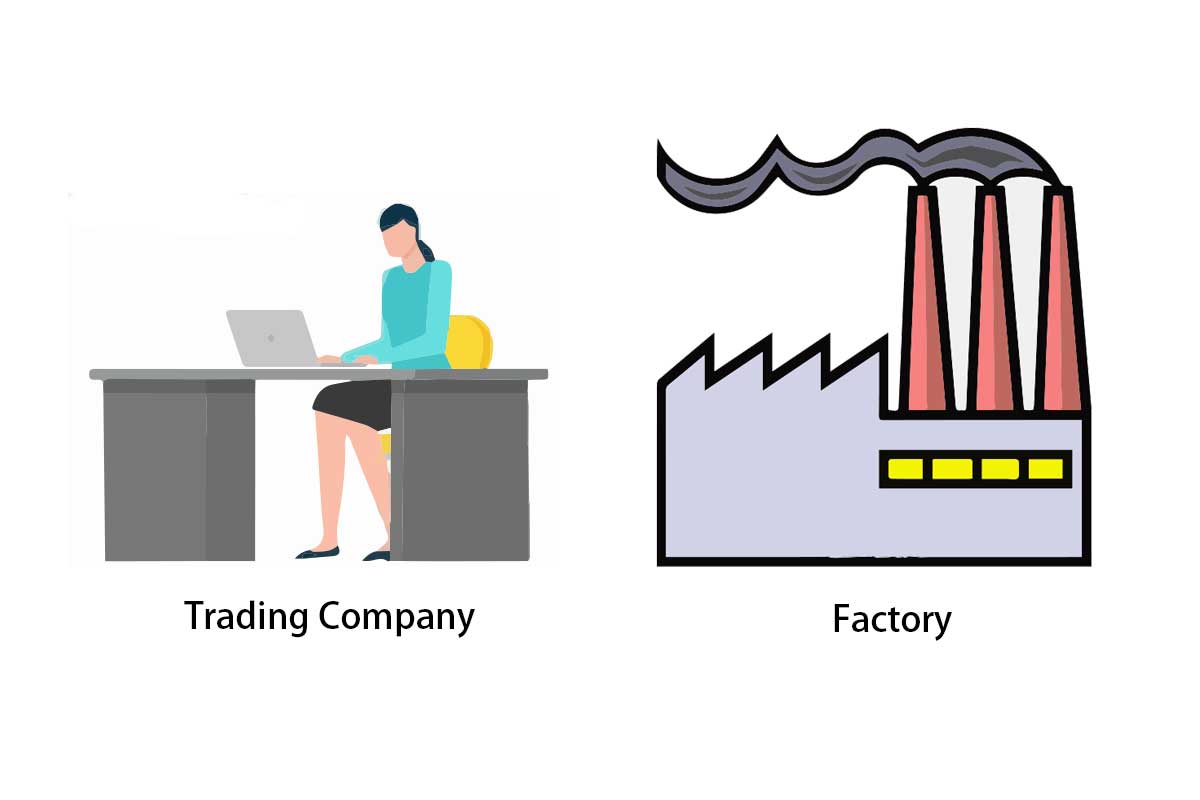
Understanding the Role of Technology in Modern Sourcing
12 July, 2023
Today's businesses operate in a fast-paced environment, and technology has evolved into a vital tool for those businesses looking to improve their sourcing procedures. The way procurement and sourcing operations are carried out has undergone a considerable transformation due to technological improvements. This blog intends to shed light on the function of technology in contemporary sourcing and how it enables businesses to maintain competitiveness in a continually changing market.
Importance of Technology in Sourcing
The sourcing process can be made more effective and efficient with the help of technology. Organizations may streamline their sourcing processes, increase visibility, and make data-driven decisions using modern technologies and digital solutions. With the aid of technology, procurement professionals may automate tedious activities, improve teamwork, and concentrate on strategic projects that provide value to the organization.
Key Technological Advancements in Modern Sourcing
Cloud-based Sourcing Platforms:
Cloud-based sourcing platforms provide a centralized repository for managing supplier information, contract data, and procurement processes. They provide effective communication, real-time collaboration, and seamless connection with other business systems.
Machine learning (ML) and artificial intelligence (AI):
AI and ML technologies enable organizations to analyze large volumes of sourcing data, identify patterns, and make predictive insights. These technologies enhance decision-making, optimize supplier selection, and improve risk management.
Robotic Process Automation (RPA):
RPA automates repetitive and rule-based tasks in the sourcing process, such as data entry, invoice processing, and supplier onboarding. By eliminating manual errors and accelerating process cycle times, RPA drives efficiency and cost savings.
Benefits of Technology in the Sourcing Process
Streamlined Supplier Discovery:
Technology facilitates efficient supplier discovery through databases, online marketplaces, and AI-driven matching algorithms. It enables organizations to quickly identify and evaluate potential suppliers, leading to better selection decisions.
Enhanced Supplier Relationship Management:
Technology enables organizations to manage supplier relationships effectively by providing tools for performance tracking, contract management, and collaboration. This fosters better communication, transparency, and mutual trust between buyers and suppliers.
Improved Sourcing Efficiency:
Technology automates manual tasks, such as request for proposal (RFP) generation, bid management, and contract negotiations. This reduces the time and effort involved in the sourcing process, allowing procurement professionals to focus on strategic activities.
Making Decisions Based on Data:
Technology gives organizations access to real-time data and analytics, allowing them to base choices on opportunities for cost optimization, supplier performance, and market trends.
Implementing Technology-Driven Procurement Strategies
Evaluate existing sourcing processes to identify pain points, inefficiencies, and areas that can benefit from technology integration. Understand the specific requirements and objectives of the organization.
Conduct an in-depth study to find technology solutions that complement the organization's sourcing objectives. Consider elements like scalability, integration potential, usability, and cost-effectiveness. Choose solutions that are customized to the demands of the organization.
Create a thorough implementation plan with timetables, resource allotment, instruction, and change management tactics. Work with IT teams and stakeholders to achieve a seamless transition and successful technology acceptance.
Monitor and assess how well your established technology solutions are working. Keep track of KPIs for cost savings, cycle time reduction, supplier performance, and user happiness. As needed, make the alterations and enhancements that are necessary.
Role of Automation in Modern Sourcing
Automation is critical in modern sourcing by eliminating manual, time-consuming tasks and improving overall process efficiency. Some key aspects of automation in sourcing include the following:
Automate the supplier onboarding process by integrating technology solutions with supplier databases, electronic document management systems, and verification tools. This reduces administrative burden, improves accuracy, and ensures compliance.
Automate the creation, distribution, and evaluation of RFPs using eRFP platforms. This eliminates manual paperwork, simplifies supplier response tracking, and facilitates faster evaluation and decision-making.
Implement electronic contract management systems to streamline contract creation, approval, and storage processes. Automation reduces errors, enables version control, and provides easy access to contractual information.
Conclusion
Modern sourcing now has technology at its core, enabling businesses to simplify their procurement procedures, increase productivity, and save costs. Chick Sourcing, owned by Jesse Yang, is a freelance sourcing agent on Fiverr and helps organizations increase supply chain efficiency, optimize decision-making, and manage suppliers better by embracing technological innovations. Today, adopting technology is not only necessary but also a must for organizations that want to succeed.
